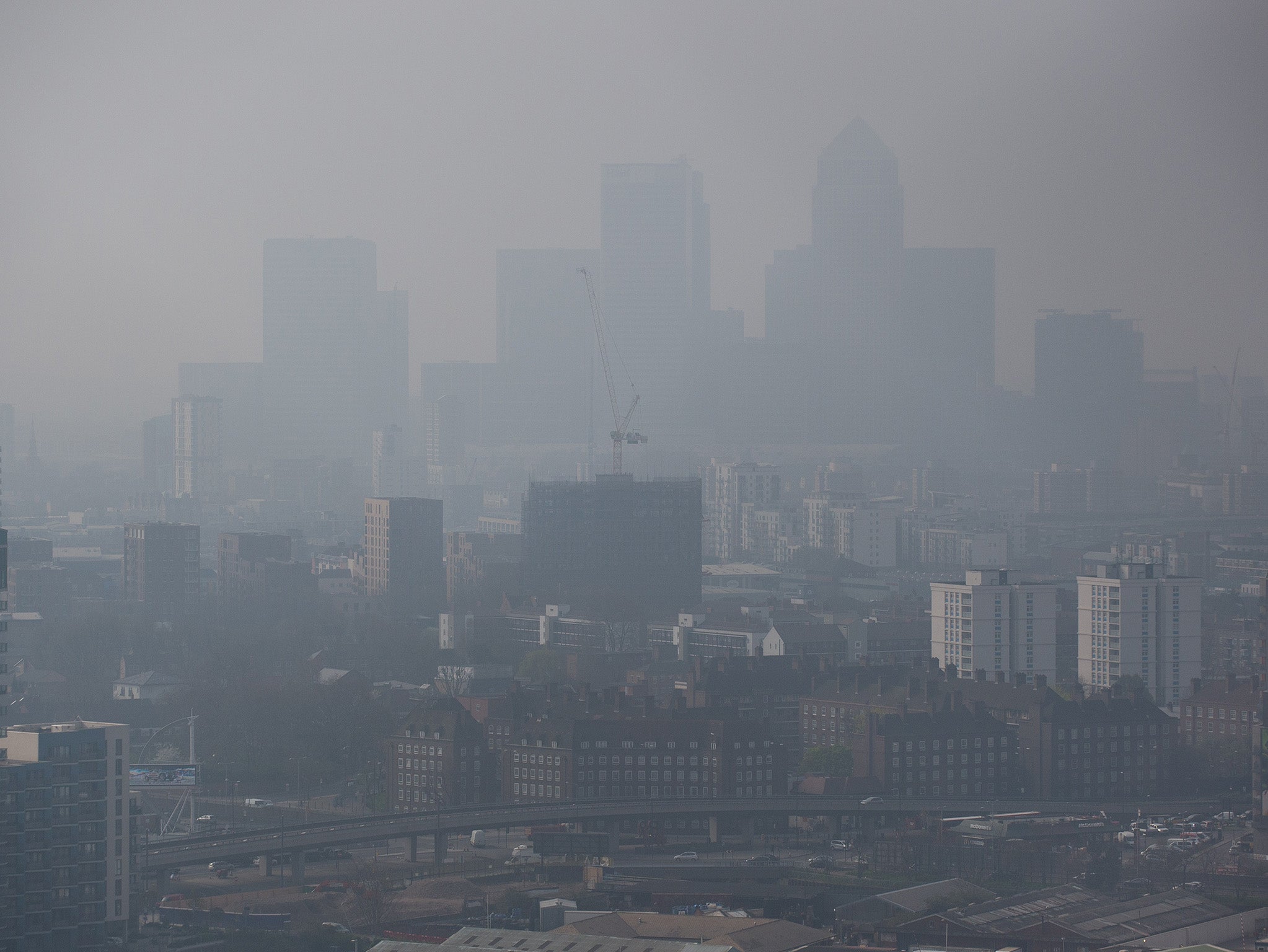Saharan dust coming to the UK prompts health warning
At-risk individuals, including those with lung and heart problems, should 'reduce strenuous physical exertion'

Saharan dust is expected to settle in parts of the UK as the country basks in what could be the hottest day of the year, prompting health warnings for vulnerable groups.
It is relatively rare for Saharan dust to reach Britain. It usually happens only once or twice a year
The most well-known episode took place in April 2014 when cars in London were covered in a thin layer of dust after showers deposited the sand on much of the city.
It comes as forecasters said they expected temperatures to rise to 19C in some parts, making it hotter than Barcelona and Ibiza.
Marco Petagna, from the Met Office, said areas of Kent and the South-east would see the highest levels of pollution. "On Thursday, dust from the Sahara region was lifted up into the atmosphere", he said.
"At the moment, certainly across the south of the UK, we've got southerly winds that have allowed that dust to transport northwards towards the UK.
"And with outbreaks of rain developing at times over the next couple of days, some of that will get washed out of the atmosphere and give a slight deposit of dust on cars."
The pollution could pose a potential health risk to vulnerable groups. At-risk individuals, including those with lung and heart problems, should "reduce strenuous physical exertion" if they are in an affected area, the Department for Environment, Food and Rural Affairs said.
But forecasters predicted showers, particularly in northern and eastern England, Scotland and Northern Ireland.
The Met Office's Sophie Yeomans said average temperatures for early April were normally around 11C (51.8F) or 12C (53.6F), while this year's highest recorded temperature was 18.7C (65.6F) in Braemar, Aberdeenshire, in March.
"If we reach 19C that would make it the hottest day of the year," she said.
"But it's a bit of a mixed bag - in Scotland and Northern Ireland and further north, there is some rain around for most of the day. In Scotland and in the North, it will be fairly chilly and highs will only reach 11C.
"Further south, in England and Wales, it's mainly going to be sunny spells and patchy cloud. Western areas might just see some showers in the evening that will be quite heavy.
Join our commenting forum
Join thought-provoking conversations, follow other Independent readers and see their replies
Comments